

ASOR CHI AM22 Presentations about Cultural Heritage in Tunisia
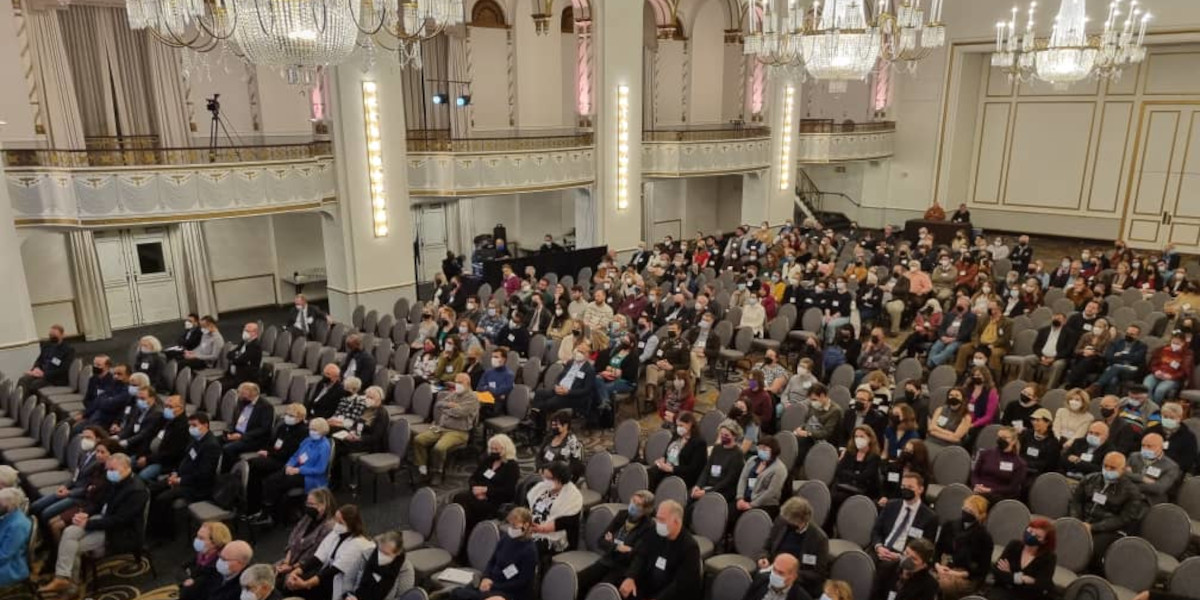
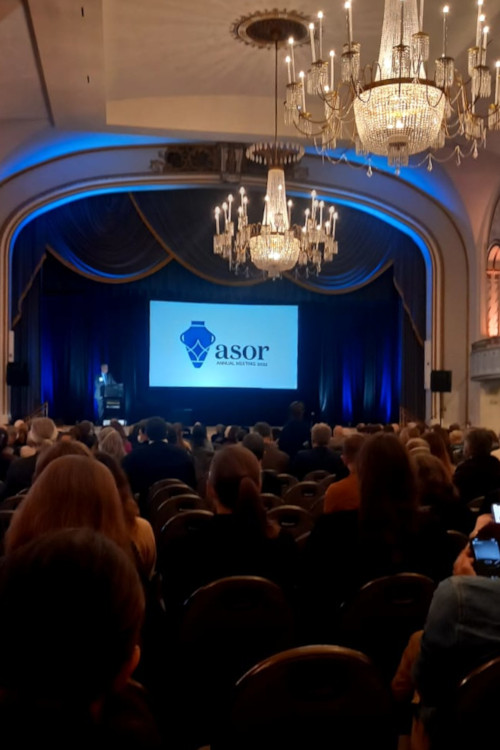
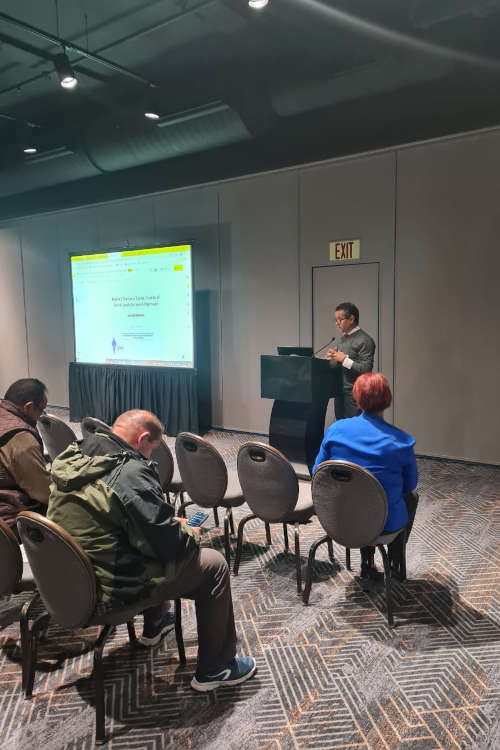

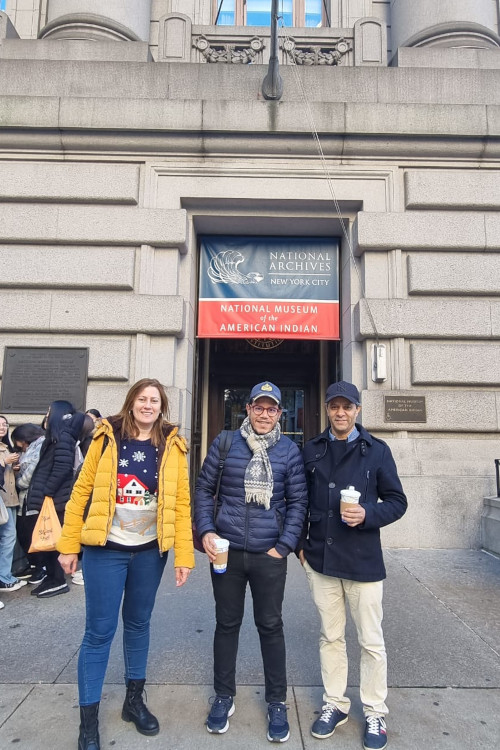
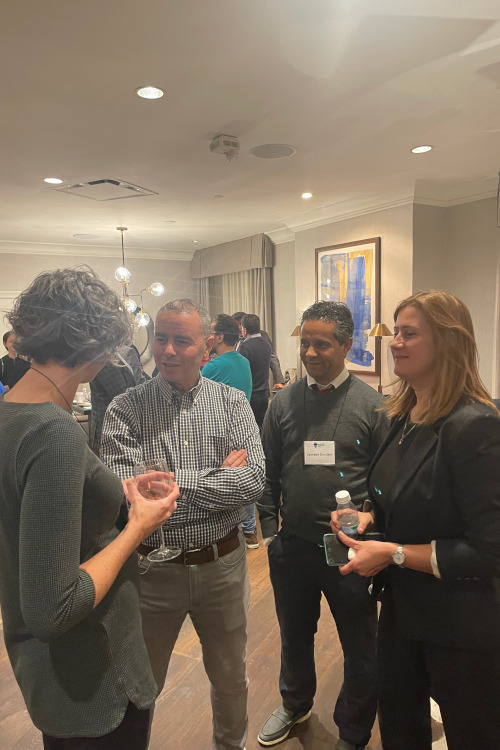
The Role of Local Communities to Preserve Minorities’ Heritage and Worship Sites
Zayneb Takouti | Carthagina
PAPER PRESENTATION
Why is it important for the Tunisian community to preserve heritage sites?
Generations have lived before us and have formed the world we tend to reside in. It’s necessary to protect our heritage because it adds character and distinctiveness to the place, region, or community and thus provides a distinguished way for our collective and individual identities.
As a Tunisian civil society organization, Carthagina is focusing on the cultural heritage of the transnational minority in Tunisia, and protection of minorities includes some of the first articulations of cultural rights and protection of intangible cultural property.
We believe education and documentation are the best way of preserving minorities’ culture and heritage. It’s essential today to express the value of cultural heritage and increase awareness about minorities’ heritage and worship sites. Our collaboration with ASOR to document the minorities’ sites in Tunisia comes as an encouragement for cultural heritage preservation. It’s a strategy for preserving both tangible and intangible cultural heritage by local communities.
The Field Work Observation, Challenges and Opportunities while Documenting Endangered Heritage
Jamel Ben Saidane | Carthagina
PAPER PRESENTATION
This paper focuses on the observations and the results collected from Carthagina’s field work in collaboration with ASOR on documenting the endangered heritage sites and monuments.
First, we will present an update of the work progress to document the different historical sites related to minority communities in Tunisia with a highlight on all the steps and actions that have been made during the documentation process and the observations raised during this process.
The second part will be about the different challenges that we had to face and overcome during the process as well as the opportunities that the documentation process would offer such as the different use for the collected data such as: sites restoration, heritage promotion, etc,…
How to Protect the Shattered Memory of the Tunisian Jewish Singer “Habiba Messika”
Faten Bouchrara | Laboratoire du Patrimoine Université de Manouba, Tunisia
PAPER PRESENTATION
Prototype of a free woman and a daring actress, and adored by the Tunisian population, singer Habiba Messika was a real social phenomenon in her time. Following her tragic death in February 1930, she was mourned by all segments of the Tunisian population, whether Muslim, Christian, or Jewish.
Even after her passing, her memory remained intact in Tunisia. The exodus of Jews to France and Israel following the events of 1961 and 1967 kept her memory alive in several countries This remembrance continues to be evoked and celebrated through books, articles, films, plays, and different exhibitions.
In this paper, I will try to explain the reasons why her memory was kept alive, as well as the specificity and interest in remembering this diva of the Tunisian song, how her memory is still present, and how she became a human cultural monument. I will also present measures on how to protect and safeguard this intangible heritage that is still vividly alive but fragmented across several countries.
Memory Tourism in Tunisia: Creation of Tourist Circuits for Jewish Pilgrimages
Lassaad Dandani | Manouba Heritage Laboratory, Tunisia
PAPER PRESENTATION
The aim of this paper is to present the history of the birth and evolution of remembrance tourism in Tunisia. This religious tourism occupies an important place in the Tunisian tourist landscape and continues to develop further. The quest for their origins among several diasporas through their nostalgic visits has encouraged the birth and development of “identity tourism” also known as “memory tourism”. In this presentation, I will focus on the Jewish diaspora in Tunisia and will try to understand the characteristics of the construction of places of memory through tourism.
Historically, the pilgrimages of the Jews in Tunisia offered a particular field of research starting with the development of tourism to the first places of religious heritage in Tunisia dating back to the second half of the 19th century. This vocational religious act was at the origin of a process of the patrimonialization of these mystical meeting places. The pilgrimages to the Ghriba in Djerba or Sayed Youssef El Maârabi from El Hamma of Gabès offer us interesting examples of this religious tourism. Through these experiences, I propose a project to create a tourist route around the places of Jewish pilgrimages.